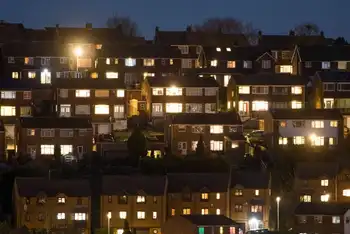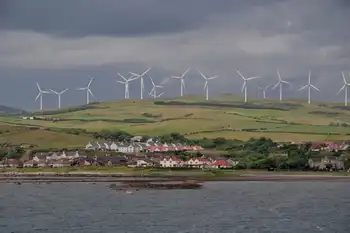Ukraine Says Chernobyl Shield Safe
Kiev -- - Ukrainian Foreign Minister Anatoly Zlenko on Thursday dismissed concerns about nuclear safety at the Chernobyl power plant, which documents released by security services showed had been a disaster waiting to happen.
Ukraine closed Chernobyl in 2000, 14 years after it became the site of the world's worst nuclear accident, but fears remain about the state of a protective shield hastily thrown up after the accident to cover a gaping hole in one of its reactors.
Russian Atomic Energy Minister Alexander Rumyantsev said this week the concrete "sarcophagus" was collapsing and needed reinforcement. He also said the concrete was leaking radiation.
But Zlenko, on a visit to the Czech Republic two days before the 17th anniversary of the disaster, tried to dispel Russian concerns.
"I do not think there is a big danger that it will collapse," he told reporters. "We have experts who are managing the situation and are in control."
Zlenko's remarks followed the release in Kiev of secret KGB archives on the accident, which showed the Soviet secret police knew the plant was dangerous long before the disaster.
The 100-page dossier of secret correspondence between Moscow and Kiev released this week revealed that the Chernobyl plant, built in the 1970s, suffered 29 accidents between 1977 and 1981. Most accidents occurred through equipment failures.
The documents, compiled in 1985 and published in Russian on the SBU (Ukrainian Security Service) website www.sbu.gov.ua, listed flaws in design, shoddy workmanship and major violations of safety rules at the plant.
One report described a 1982 accident at one of Chernobyl's reactors when "significant quantities of radiation" escaped into the atmosphere.
"According to operational data, there were deviations from design and violations of technology procedures during building and assembling works. It may lead to accidents," said a report written on January 19, 1979.
The SBU said the dossier had been released to help people see the truth about the disaster.
"We hope to restore the historic truth publishing documents about the station, its construction and the disaster itself," Maryna Ostapenko, the SBU spokeswoman, said on Thursday.
More than 30 firefighters, sent to put out the fire at the reactor, died immediately afterwards. The accident has also been blamed for thousands of radiation-linked deaths and for a rise in thyroid cancer since 1986.
Zlenko called for more money from Western nations to erect a new shield around the reactor and help complete construction of two new nuclear units. Ukraine says the West has never made good on its promise to pay for Kiev's agreement to close the plant.
Related News

Jolting the brain's circuits with electricity is moving from radical to almost mainstream therapy
SAN FRANCISCO - In June 2015, biology professor Colleen Hanlon went to a conference on drug dependence. As she met other researchers and wandered around a glitzy Phoenix resort’s conference rooms to learn about the latest work on therapies for drug and alcohol use disorders, she realized that out of the 730 posters, there were only two on brain stimulation as a potential treatment for addiction — both from her own lab at Wake Forest School of Medicine.
Just four years later, she would lead 76 researchers on four continents in writing a consensus article about brain stimulation as an innovative…




